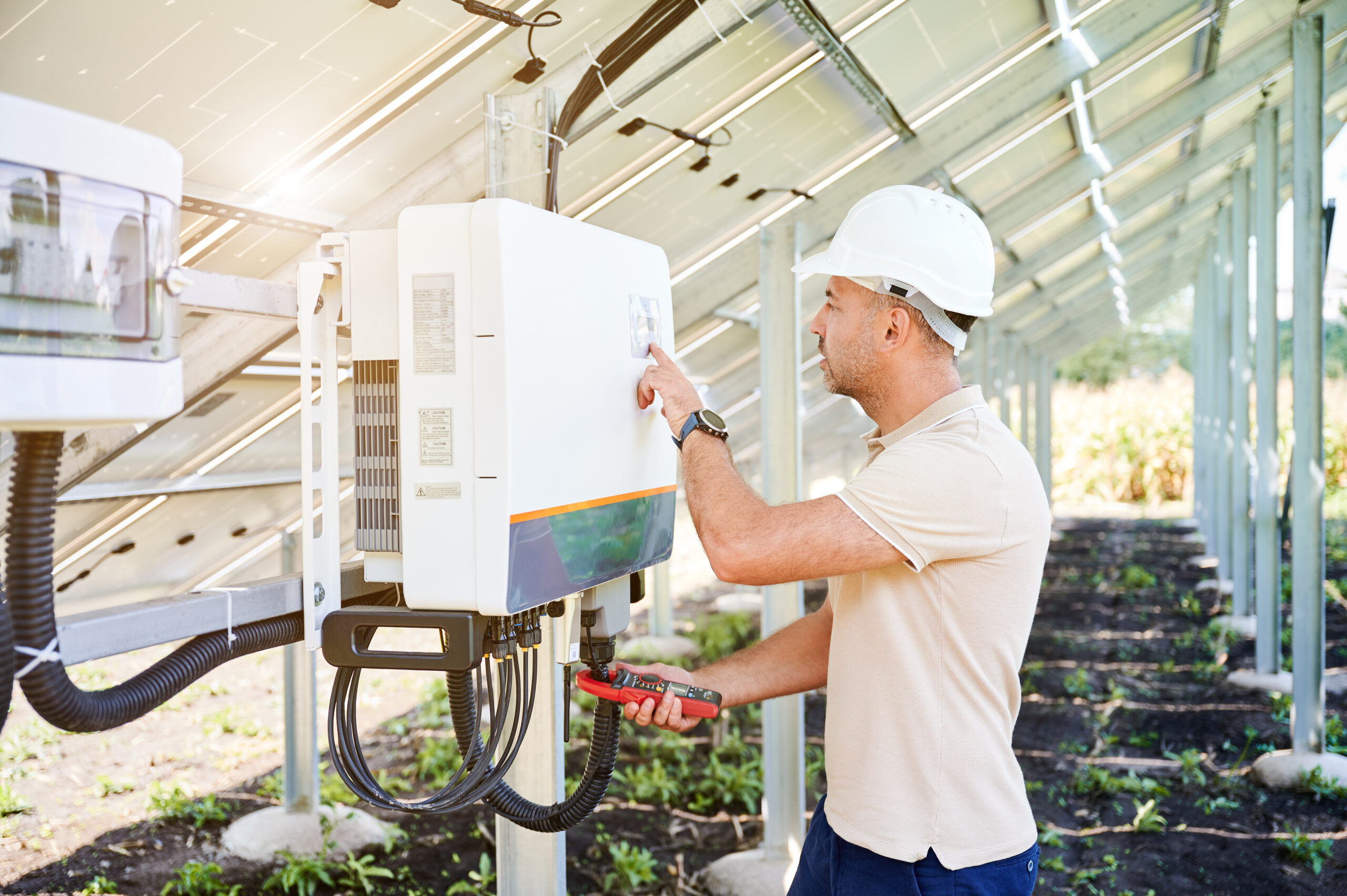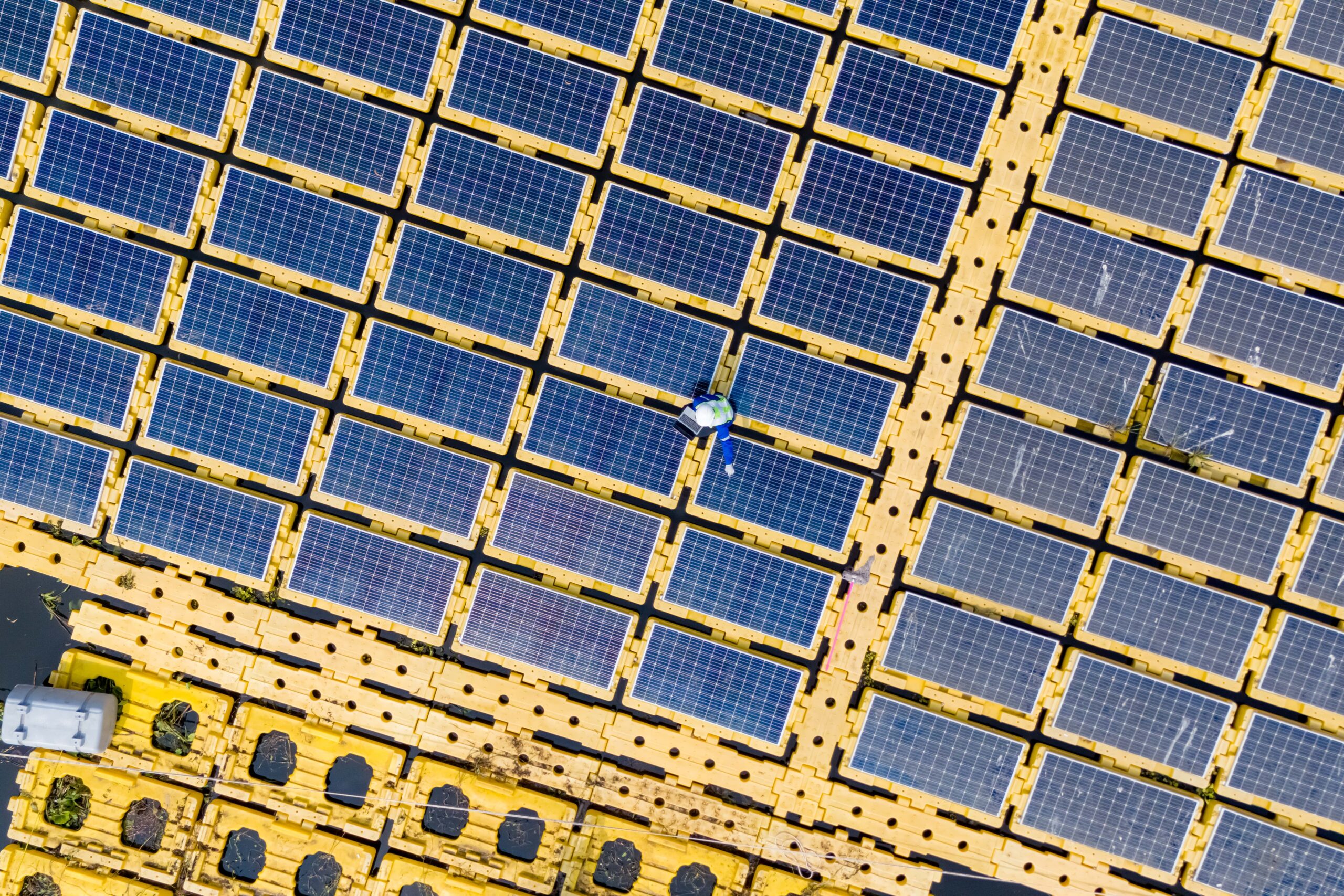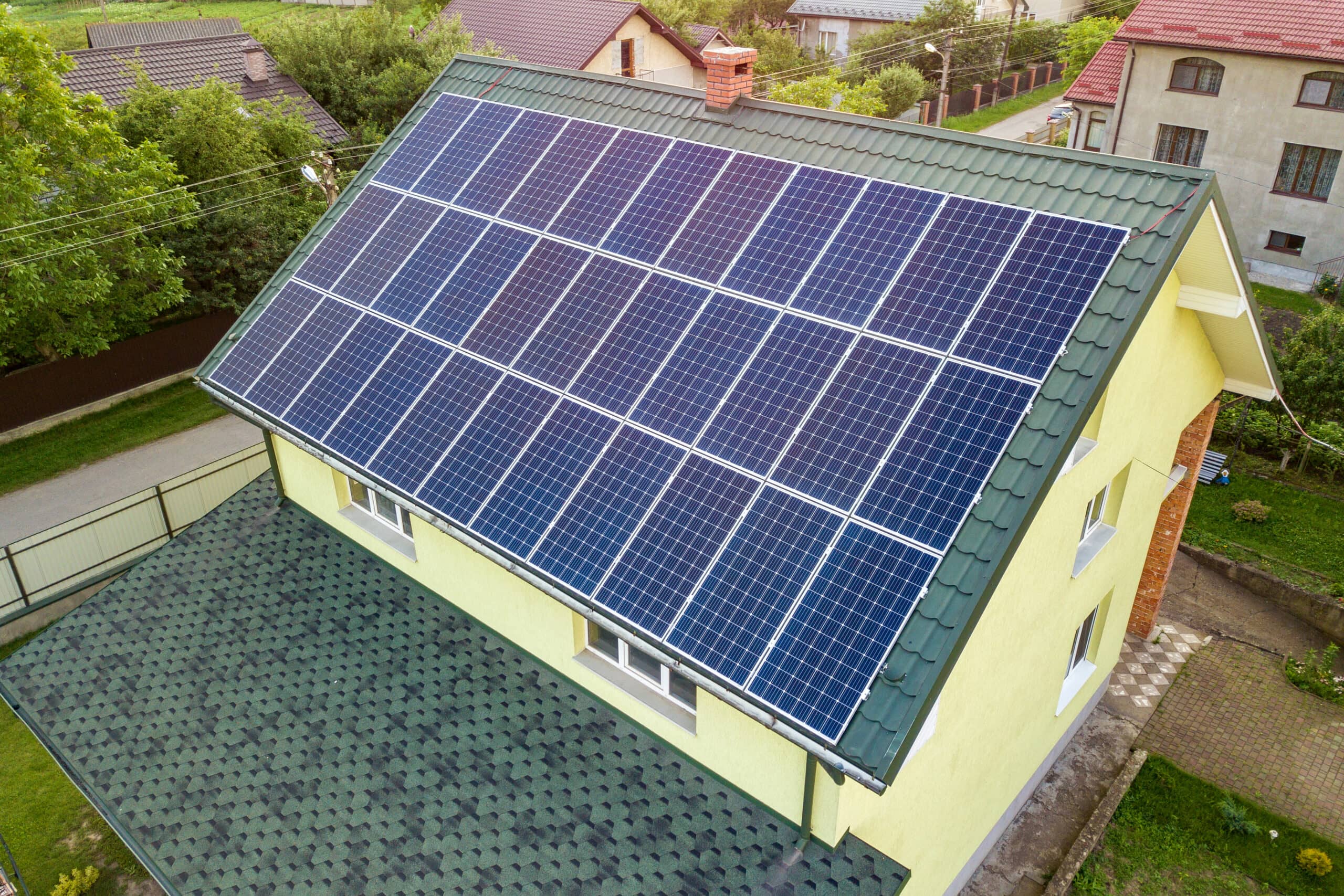Solar energy has seen a remarkable surge in residential applications as more homeowners embrace sustainable and eco-friendly power sources. One crucial aspect of harnessing solar power effectively is selecting a suitable solar inverter. The choice of solar inverter plays a significant role in ensuring the efficiency and reliability of a solar energy system.
Solar inverters are vital components that convert the direct current (DC) electricity generated by solar panels into alternating current (AC) electricity used in homes. Various solar inverters are available, each with unique features and benefits. Understanding the differences between these types is essential for homeowners looking to optimize their solar energy systems.
These devices play a crucial role in solar power systems. Essentially, their main job is to convert the direct current (DC) electricity generated by solar panels into the alternating current (AC) electricity that powers our homes and gadgets.
Solar inverters’ efficiency is critical to the overall performance of the solar energy system. A high-quality inverter ensures that the maximum amount of solar energy harvested from the panels is converted into usable electricity for household consumption. This not only impacts the system’s productivity but also influences the system’s long-term sustainability and cost-effectiveness.
String inverters are a widely used type of solar inverter in residential buildings due to their cost-effectiveness and simplicity. They connect multiple solar panels in a series or “string,” allowing them to convert the DC electricity produced by the panels into AC electricity for household consumption. This configuration enables efficient power conversion while keeping costs relatively low.
In residential applications, string inverters are popular due to their cost-effectiveness, making them an attractive option for homeowners looking to adopt solar energy. Their straightforward installation process and minimal maintenance requirements further add to their appeal, especially for smaller-scale solar installations.
Micro Inverters
Micro inverters function differently from string inverters by connecting directly to individual solar panels. They convert the DC electricity generated by each panel into AC electricity independently. This approach allows each panel to operate at its optimal performance level, maximizing energy production.
One key distinction between micro inverters and string inverters is their connectivity. While string inverters link multiple panels in a series, microinverters are attached to each panel, providing more granular control over power conversion. This individual panel optimization is especially beneficial in shaded conditions or situations where panels have varying sun exposure.
Micro inverters offer advantages, enhancing the overall system performance by optimizing power output for each panel. They excel in shaded environments where traditional string inverters might struggle, ensuring consistent energy production across all panels. Micro inverters offer more accessible system expansion capabilities, allowing homeowners to scale their solar setups as needed.
However, it’s essential to consider that micro-inverters typically have a higher initial cost than string inverters. Their installation process can also be more complex due to the individual connection to each panel, requiring careful planning and setup.
Power optimizers, like microinverters, connect to individual solar panels to maximize energy production. They work in conjunction with a string inverter, optimizing the DC electricity output from each panel before it reaches the central inverter for conversion to AC electricity.
This hybrid approach combines the individual panel optimization of microinverters with the cost-effectiveness of string inverters. Power optimizers enhance system performance by ensuring that each panel operates at its peak efficiency, even in partially shaded conditions, while relying on a single central inverter for AC conversion.
Power optimizers offer advantages such as increased system efficiency through panel-level optimization, effective shading management to maintain overall performance and lower cost compared to micro inverters. This makes them a compelling option for homeowners seeking enhanced energy production without the higher price tag associated with microinverter systems.
It is important to note that power optimizers still depend on a central inverter for AC conversion, which means the overall system performance is tied to that inverter’s capabilities. Additionally, the installation process for power optimizers can introduce some complexity due to the need to integrate them with the existing string inverter setup.
Hybrid Inverters
Hybrid or multi-mode inverters are advanced inverters that can manage solar power and energy storage from batteries. Their basic operation involves converting DC electricity generated by solar panels into AC electricity for immediate use in the home or to charge batteries for later consumption.
One notable feature of hybrid inverters is their seamless integration with battery storage systems. They can intelligently control the flow of electricity between the solar panels, batteries, and the grid, optimizing energy usage and storage. This integration allows homeowners to store excess solar energy during low sunlight or power outages.
The advantages of hybrid inverters include future-proofing for energy storage, enabling enhanced energy management capabilities, and providing the potential for off-grid functionality, making them a versatile choice for homeowners looking to maximize their energy independence.
Conversely, hybrid inverters have some drawbacks, such as a higher initial cost than traditional inverters due to their advanced features and compatibility with battery storage. Additionally, the design and installation of a system incorporating a hybrid inverter and battery storage can be more complex, requiring careful planning and expertise.
Several key factors must be considered when deciding on an inverter for your solar system to ensure optimal performance and efficiency.
The choice of inverter can impact how easily you can expand your solar system in the future. For small systems, micro-inverters or power optimizers paired with a central inverter can offer flexibility and performance optimization for each panel. On the other hand, large systems may benefit from string inverters due to their cost-effectiveness and efficiency at scale.
Shading can substantially impact solar panel performance, making it essential to choose an inverter that can handle shading issues effectively. Micro inverters excel at managing shading problems by optimizing the output of individual panels independently. Power optimizers can also mitigate shading effects by maximizing the power output of each panel before feeding it to a central inverter.
Different inverter types come with varying costs. While micro-inverters and power optimizers may have a higher upfront cost, they can offer long-term financial benefits by maximizing energy production and reducing the impact of shading. On the other hand, string inverters are typically more budget-friendly initially but may require additional optimization in shaded conditions.
Micro inverters and power optimizers are known for their ease of installation, which allows them to operate independently at the panel level. String inverters, while more straightforward in design, may require more complex installation due to their centralized nature. Maintenance requirements vary, with micro-inverters and power optimizers potentially having lower maintenance costs over the system’s lifespan.
Choosing an inverter for your solar system should be a well-thought-out decision, considering system size, shading analysis, budget constraints, installation, maintenance, and energy storage needs. By carefully evaluating these aspects, you can select an inverter that maximizes the performance and efficiency needed for your home.
Let’s highlight the key takeaways as we round up our solar inverter journey. Different inverter types like string, microinverters, and hybrids cater to specific home needs. It’s crucial to pick the right one for your setup to maximize energy production and efficiency, ensuring you get the most out of your solar system.
Customized solutions are the name of the game in the solar world. Seeking advice from solar pros can help you choose the perfect inverter for your home, tailored to your unique requirements. The future of solar and inverter tech is promising, with advancements enhancing efficiency and integration with energy storage systems, paving the way for a sustainable energy future.
Homeowners can unlock the full potential of solar power by focusing on personalized solutions, expert guidance, and technological progress in inverters. Making informed decisions in this evolving landscape benefits individual homes and contributes to a greener, more sustainable future for all.




